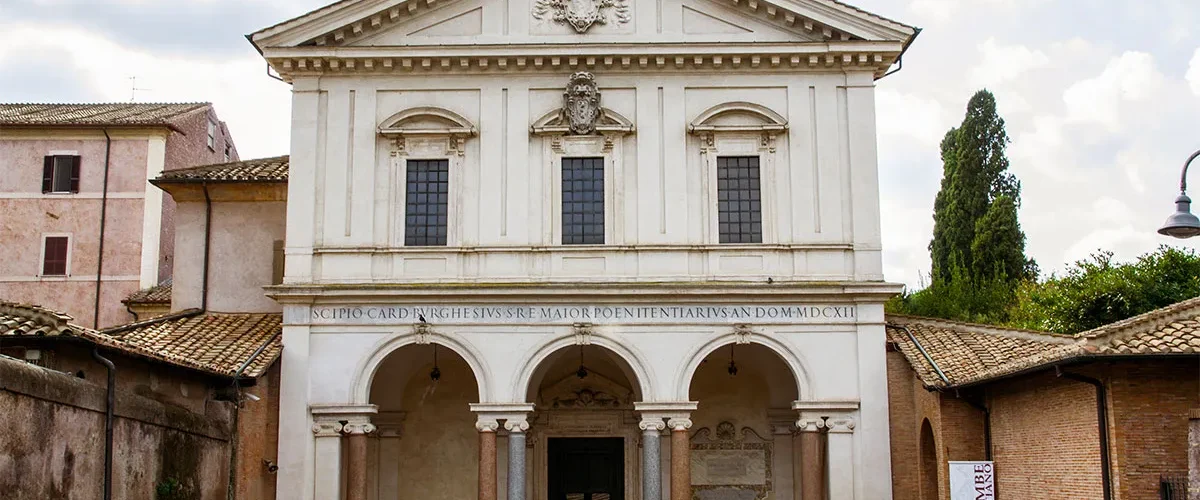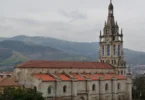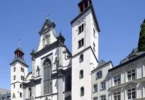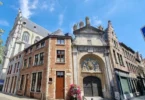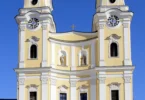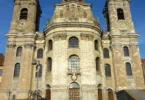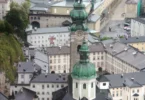
Introduction
San Sebastiano fuori le mura (Saint Sebastian beyond the Walls), or San Sebastiano ad Catacumbas (Saint Sebastian at the Catacombs), is a minor basilica in Rome, Central Italy. Before the Great Jubilee of 2000, San Sebastiano held the status of one of the Seven Pilgrim Churches of Rome. Despite this change, many pilgrims continue to prefer the traditional list, possibly due to the presence of the Catacombs and the distance of the Santuario della Madonna del Divino Amore, which replaced San Sebastiano in the list, from the inner city.
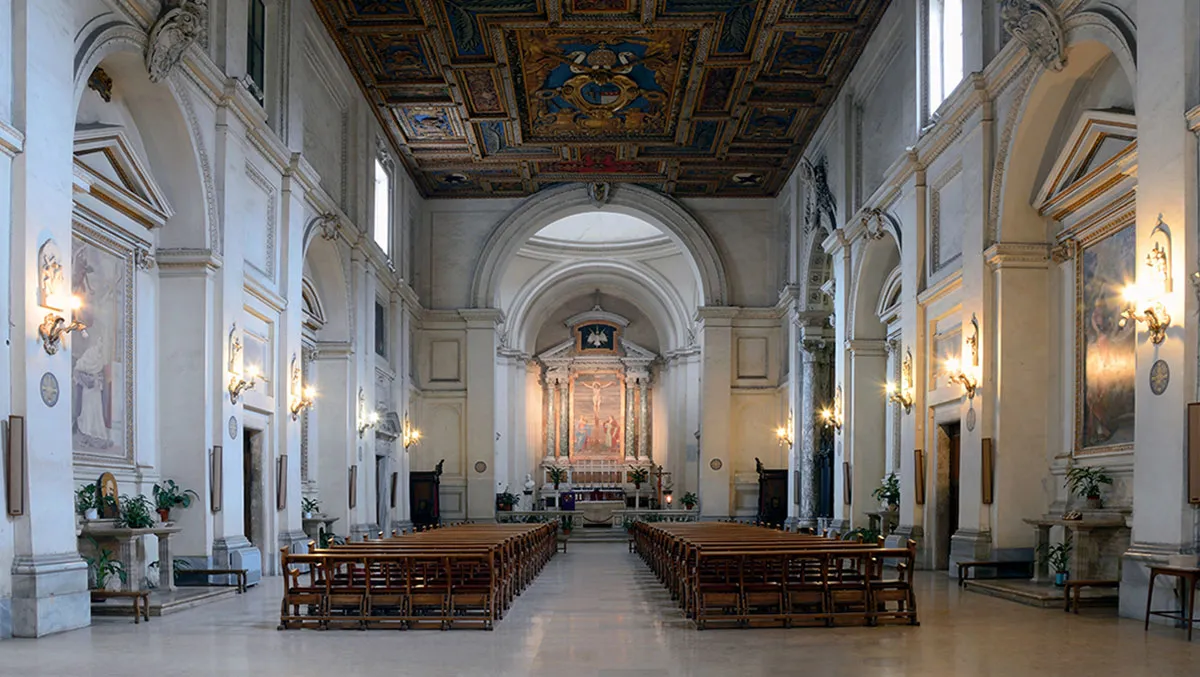
Originally constructed in the first half of the 4th century, the basilica is dedicated to St. Sebastian, a revered Roman martyr from the 3rd century. The name “ad catacumbas” refers to the catacombs of St. Sebastian upon which the church stands, while “fuori le mura” denotes its location outside the Aurelian Walls, distinguishing it from the church of San Sebastiano al Palatino on the Palatine Hill.
According to tradition, during the Valerian persecutions in 258, the catacombs briefly served as the burial site for two other martyred saints in Rome, Peter and Paul, whose remains were later transferred to the basilicas named after them. This led to the original dedication of the church as Basilica Apostolorum (“Basilica of the Apostles”). The dedication to Sebastian was established in the 9th century.
Sebastian’s relics were moved to this basilica around 350 AD. However, due to fears of a Saracen invasion, they were relocated to St. Peter’s in 826, which proved prudent as the invasion did occur, resulting in the destruction of the church. It was later reconstructed under Pope Nicholas I (858–867), and the martyr’s altar was reconsecrated by Honorius III (1216–1227) at the request of the Cistercians who managed the site. During the 13th century, the arcade of the triple nave was enclosed.
- Sebastiano is one of the seven basilicas traditionally visited by travelers to Rome, particularly after 1553 when St. Philip Neri initiated the Seven Churches Visitation, a pilgrimage starting from St. Peter’s Basilica and concluding at the Basilica di Santa Maria Maggiore. The street connecting the Basilica of Saint Paul Outside the Walls with S. Sebastiano is still known as “Via delle Sette Chiese.”
The current structure, largely dating to the 17th century, was commissioned by Cardinal Scipione Borghese in 1609 and designed by Flaminio Ponzio. After Ponzio’s death in 1613, Giovanni Vasanzio completed the construction.
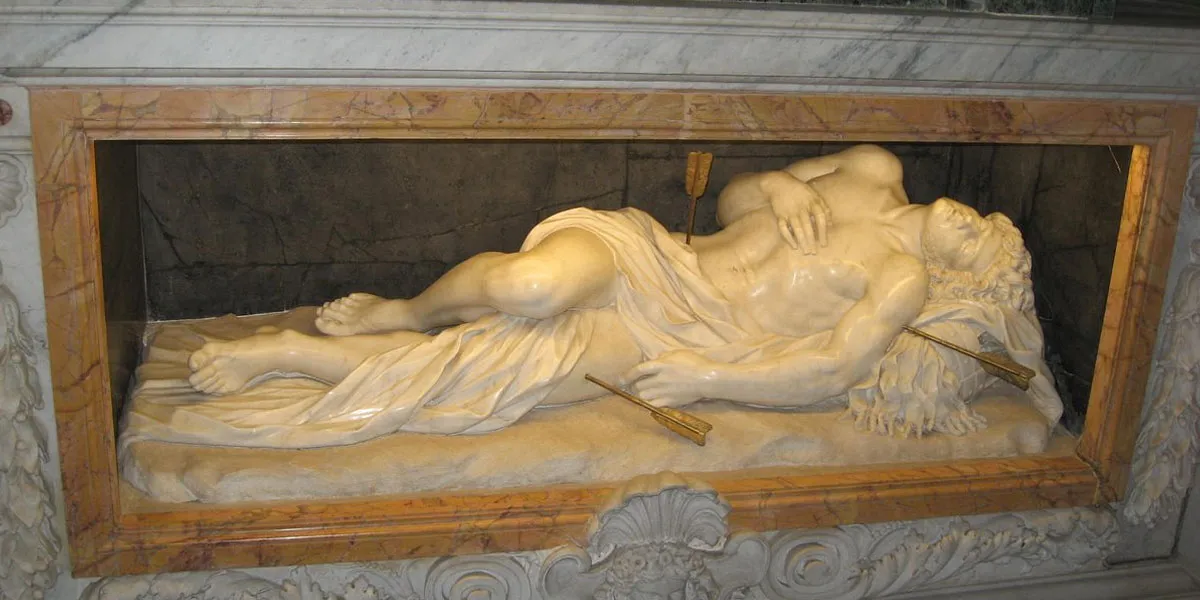
St. Sebastian is an early Christian saint who gained popularity among Renaissance painters and is thought to have been martyred amid the persecution of Christians under the Roman emperor Diocletian. He is revered as a patron saint of archers and athletes, as well as for those seeking a saintly death. Additionally, he is venerated as a protector against the bubonic plague and as a patron for plague victims.Legend has it that Sebastian was born in Gaul, traveled to Rome, and enlisted in the army of Emperor Carinus, later rising to the rank of captain under Diocletian. Upon discovery of his Christian faith and his successful conversion of many soldiers, Sebastian was sentenced to death by arrows. Despite being left for dead by the archers, he was nursed back to health by a Christian widow. Upon presenting himself before Diocletian again, he was condemned to death by beating. His body, discarded into a sewer, was discovered by another devout woman who had dreamt of Sebastian instructing her to bury his remains near the catacombs. It is believed that his relics reside in the Basilica of San Sebastiano on the Appian Way, a site that attracted numerous pilgrims during the Middle Ages.
Sebastian’s martyrdom became a popular theme among Renaissance artists, including Gian Lorenzo Bernini, Sandro Botticelli, Andrea Mantegna, Perugino, and El Greco. Typically depicted as a handsome youth pierced by arrows, his story has been immortalized in various artworks.
A Gateway to the Catacombs
The area earned the name “ad catacumbas,” meaning “near the hollows,” due to the presence of tuff stone mines. As one of the primary underground burial grounds for the Christian community, the term “catacombs” began to encompass all subterranean cemeteries. Accessible from a passageway on the square in front of the church, these catacombs served as a significant burial site.
This particular catacomb site stood out as one of the few visited and widely known throughout the centuries. However, its precise location became common knowledge, attracting thieves and looters who pillaged many tombs and stole artifacts for profit. Consequently, to safeguard the saints’ relics, they were relocated to churches nearer to the city center, as the trade of such items was rampant during the Middle Ages. Nevertheless, these catacombs endure as remarkable evidence of how Early Christians sought to maintain a strong sense of community not only in life but also in the afterlife.
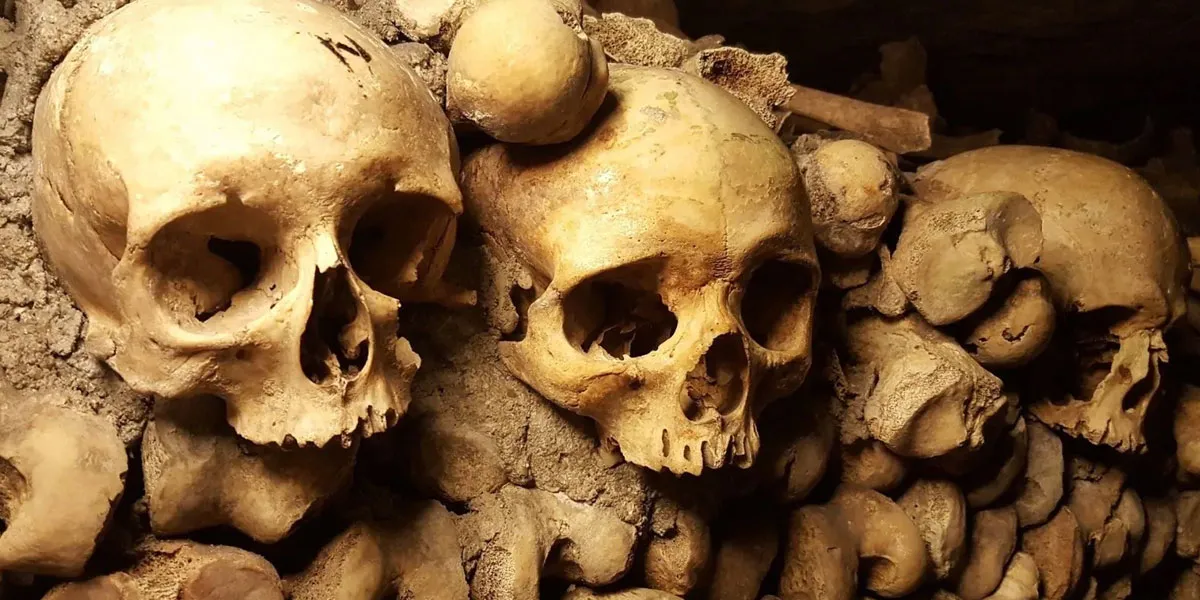
Annual Feast Day
Feast Date : 20th January
The Annual Feast Day of the St. Sebastian Outside the Walls is Celebrated to 20th January every year.
Mass Timing
Weekly Masses:
Monday to Friday : 6:00 pm
Weekend Masses:
Saturday & Sunday : 8.30 am, 10.00 am and 12.00 pm
Church Visiting Hours
Monday to sunday : 8:00 am – 01:00 pm & 02:00 am – 05:30 pm
Contact Info
Via Appia Antica 136,
Rome,
Italy.
Phone No.
Phone: +06 45430260

